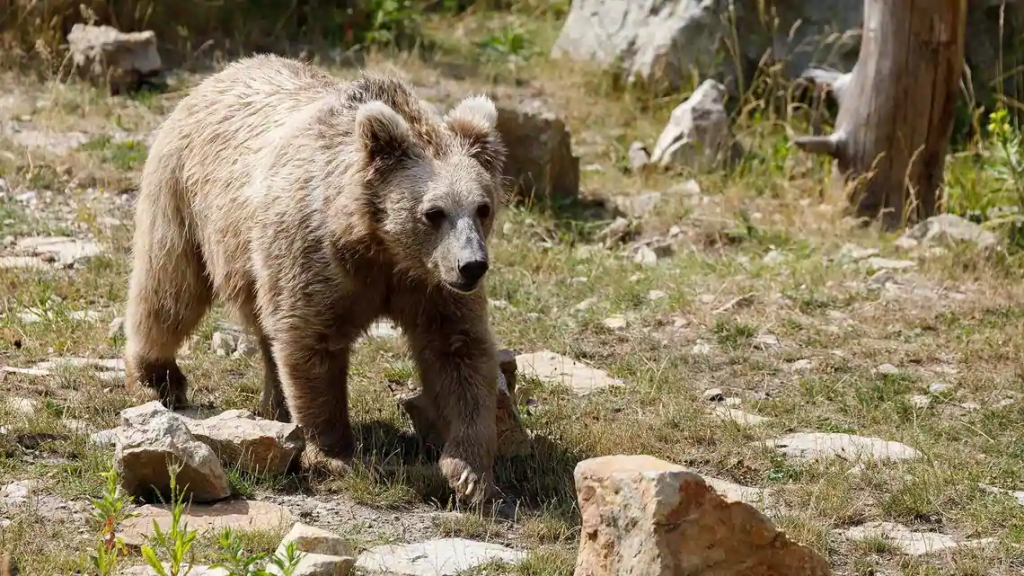Himalayan brown bear
About

- A subspecies of the brown bear, the Himalayan brown bear (Ursus arctos isabellinus), occupies the higher reaches of the Himalayas in India, Pakistan, Nepal, China, and Bhutan.
- Omnivorous in nature, they feed on the sparse herbaceous vegetation that high altitudes offer, often supplementing their diet with small mammals like marmots or pikas.
- They are listed under Schedule 1 of the Indian Wildlife (Protection) Act of 1972.
- IUCN status: Least Concern.
Why in the news?
- Following a study on Himalayan Brown Bear, the Wildlife Institute Of India (WII) has suggested ADAPTIVE SPATIAL PLANNING of the protected area to conserve this species habitat.
- Adaptive spatial planning broadly refers to conserving the existing landscape and augmenting the fragmented areas of the habitat of the species. Under this, the nearby promising areas around the existing Protected Areas in the Himalayas are brought within the Protected Areas (PAs). The adaptive spatial planning of PAs is aimed at minimising the risks and uncertainty of climate change.
- The elevation level at which the brown bear is present is most vulnerable to global warming, as this elevation belt gets warmer faster than other elevation zones of Himalayas.
- Hence, through a study it is predicted that a massive decline of about 73% of the bear’s habitat by the year 2050 can happen. Urgent steps need to be taken to conserve the species.
References:
- https://www.thehindu.com/sci-tech/energy-and-environment/study-predicts-massive-habitat-decline-for-the-himalayan-brown-bear-by-2050-due-to-climate-change/article32935974.ece#
- https://round.glass/sustain/species/rocky-road-change-air-himalayan-brown-bear/
- http://www.bearconservation.org.uk/himalayan-brown-bear/
Subscribe
Login
0 Comments
